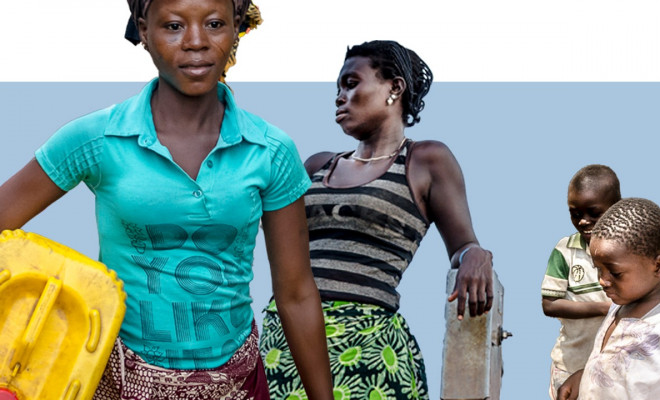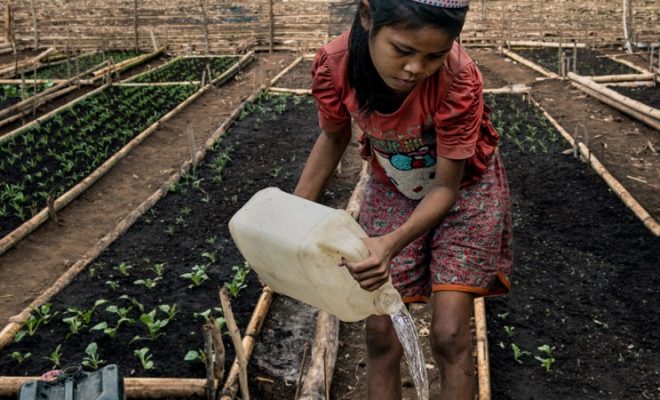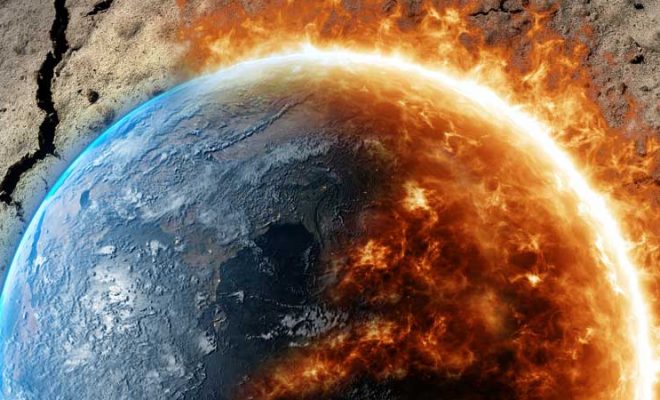
We are assuming a new normal. The degradation and decline of watersheds, aquifers, lakes, glaciers, and polar ice seem to have no turning point. The World Bank estimates that about 66% of the world’s population lives in a watershed that is water-stressed at least once a year. And it is a proportion that is growing steadily.

Rainfall is a critical parameter in the global economic balance. ©Freepik
Relentless data to reflect on
Global economic activity is driven by a prosperity concept based on GDP growth that almost no government considers abandoning. With population growth, the water demand will continue to grow exponentially. Consequently, pollution, agricultural intensification, and urban development, the most water-intensive human activities, will continue with a clear upward trend. Water stress and water scarcity are two factors we must monitor closely and address to prevent pressure from spreading to new regions of the world and worsening the situation where they are already endemic. It can be done, but we need to work together in a coordinated way.
There is nothing new that the IPCC did not warn about in its Sixth Assessment Report (AR6). The World Bank and the Global Water Security and Sanitation Partnership (GWSP) have just published Droughts and Deficits, a rigorous study that presents new estimates of the effects of the crises caused by erratic rainfall and droughts on GDP growth rates.
One of the report’s most striking findings is that extreme droughts have increased by 233% over the last 50 years in certain regions. It also highlights that 85% of people affected by droughts live in low- and middle-income countries.
2050: A world with (more) unbalanced water resources?
Droughts and Deficits highlights that climate change will increase the risk of droughts and desertification in many regions with rapid population growth. In this map, we can see that almost all of them coincide with the areas with the highest presence of vulnerable groups and with notable challenges to achieving food security.
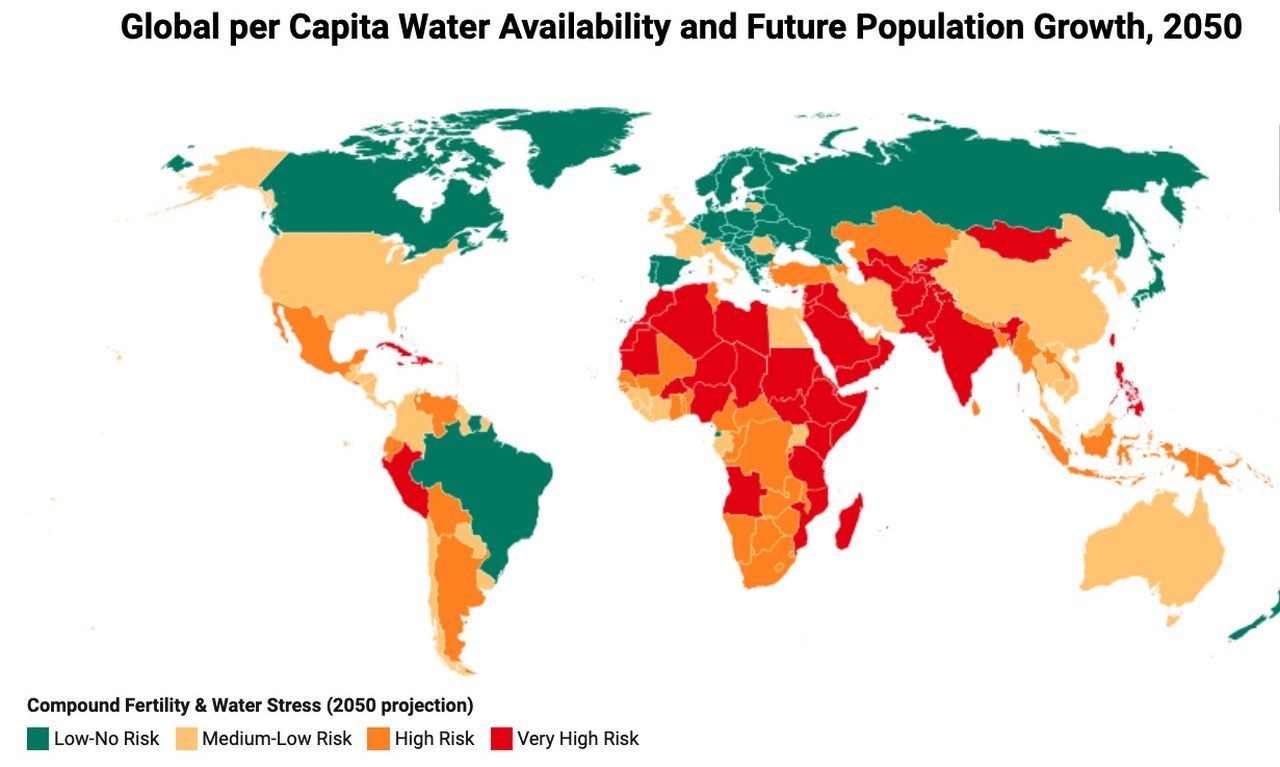
Projected population growth with water availability by 2050. (Interactive map created by Datawrapper with World Bank data).
Rainfall anomalies, almost as damaging as droughts
Climatologists have already explained in detail that rainfall varies considerably from region to region and that this variability is almost twice as significant as temperature. There are already clear signs that it has increased significantly over the last five decades. A detailed analysis of the data gathered by meteorological observatories shows that, between 1960 and 2015, rainfall patterns have become progressively less predictable as they deviate from the usual climatic patterns: dry and wet seasons show a tendency to blur.
These anomalies, coupled with the increase in temperature, affect some crops as much or more than drought and add a very damaging factor of uncertainty for small farmers in the poorest areas: whether or not it rains when it should rain is essential for the survival of those who live directly off the land.
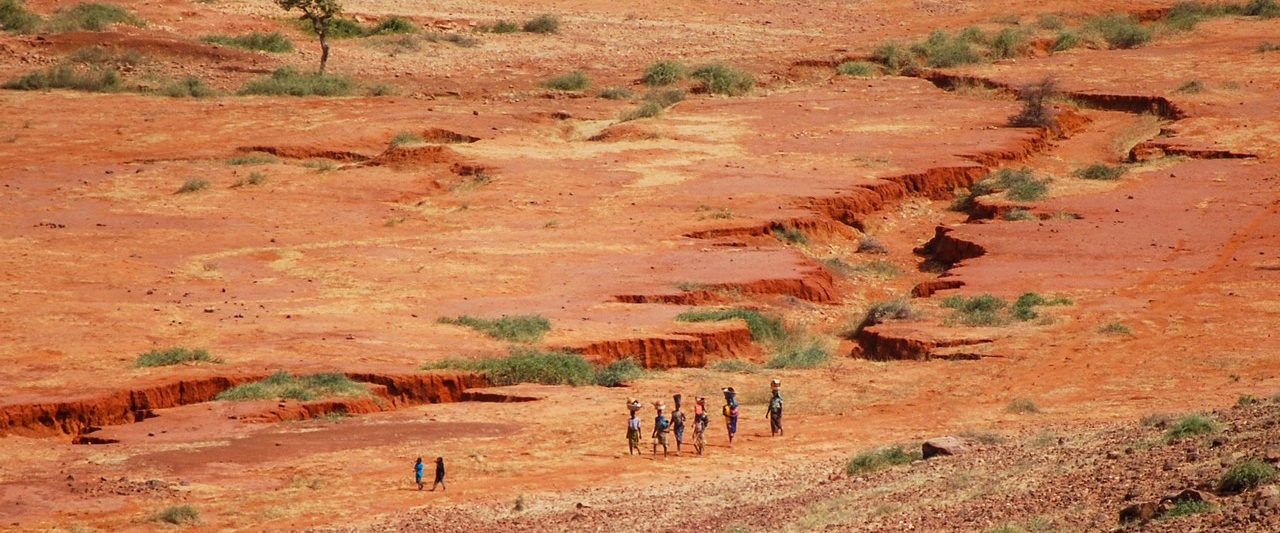
The IPCC never tires of warning that all climate change models point to rainfall becoming more erratic and extreme with increasing global warming. One of the most significant examples is the Sahel, which has experienced some of the most severe droughts in the last 50 years. © Daniel Tiveau/CIFOR
Although future rainfall projections are uncertain, the IPCC never tires of warning that all climate change models point to rainfall becoming more erratic and extreme with increasing global warming.
Maximum pressure in Africa
One of the most significant examples is the Sahel, which has experienced some of the most severe droughts in the last 50 years. In this vast African region, the rainy season is from June to October, and the average annual rate is calculated based on these months compared to the overall period 1980-2009. A University of Washington study notes that rainfall was above the long-term average from 1915 through the late 1930s and during the 1950s and 1960s; it then fell sharply and remained below the long-term average, showing the most significant negative anomalies in the early 1980s, coinciding with terrible famines.
A similar situation is found in the Horn of Africa, where seasonal rainfall variations have increased significantly since the 1980s. As in the Sahel, the damage caused by rainfall anomalies to sorghum, millet, mung, peas, maize, and sesame crops, which are the population’s nutritional basis, leads to recurrent humanitarian crises and pushes people to migrate. From a macroeconomic point of view, agriculture accounts for about 65% of GDP and employs most of the working population in these areas.
The stronger the economy, the lesser the impact
The World Bank notes that moderate droughts have virtually no impact in economically strong countries, and only extreme droughts have adverse effects; in these cases, these countries see their growth reduced by approximately 0.3 percentage points.
However, in developing countries, moderate drought reduces growth by about 0.39 percentage points and extreme drought by up to 0.85 percentage points. The average growth rate during the study period was 2.19 percent, which means that even moderate drought episodes can cause a significant drop in growth in affected areas. The results clearly show that droughts are much more damaging to economic growth in the economically weaker areas, which are the most dependent on agriculture.
Most worryingly, over the last 50 years, dry episodes have increased in frequency and extent preferentially in low- and middle-income countries; this trend is not observed in temperate zones, where most economically developed countries are located.
The importance of “green water”
There is also a feedback effect: in areas where recent years were drier than usual, drought-related crises are more damaging. This indicates, and this is the essential part of the report, that slowing down and reversing the deterioration of the vegetation cover by enhancing the maintenance of soil moisture, recently called “green water,” should be the foundation of the policies to combat drought and to protect economic development from the adverse impacts of rainfall.
“Healthy” landscapes give us the key: preservation of vegetation cover to maintain soil moisture. Forests and trees add moisture to the air and soil, especially in the root zone. Throughout local watersheds and even thousands of miles away, forests can alter the movement and regulate the flow of water, absorbing it when it is abundant and releasing it when it is scarce. It is an ancient wisdom that has been forgotten in too many areas.

Throughout local watersheds and even thousands of miles away, forests can alter the movement and regulate the flow of water, absorbing it when it is abundant and releasing it when it is scarce. © Diana Grytsku/ Freepik
The Droughts and Deficits study highlights the need for sound management of forests and other natural capitals that affect the hydrological cycle and soil moisture but are rarely associated with the impacts of droughts on growth. At the upcoming COP28 in the United Arab Emirates, green water should not go unnoticed but should be considered the best indicator of progress towards global water balance.



